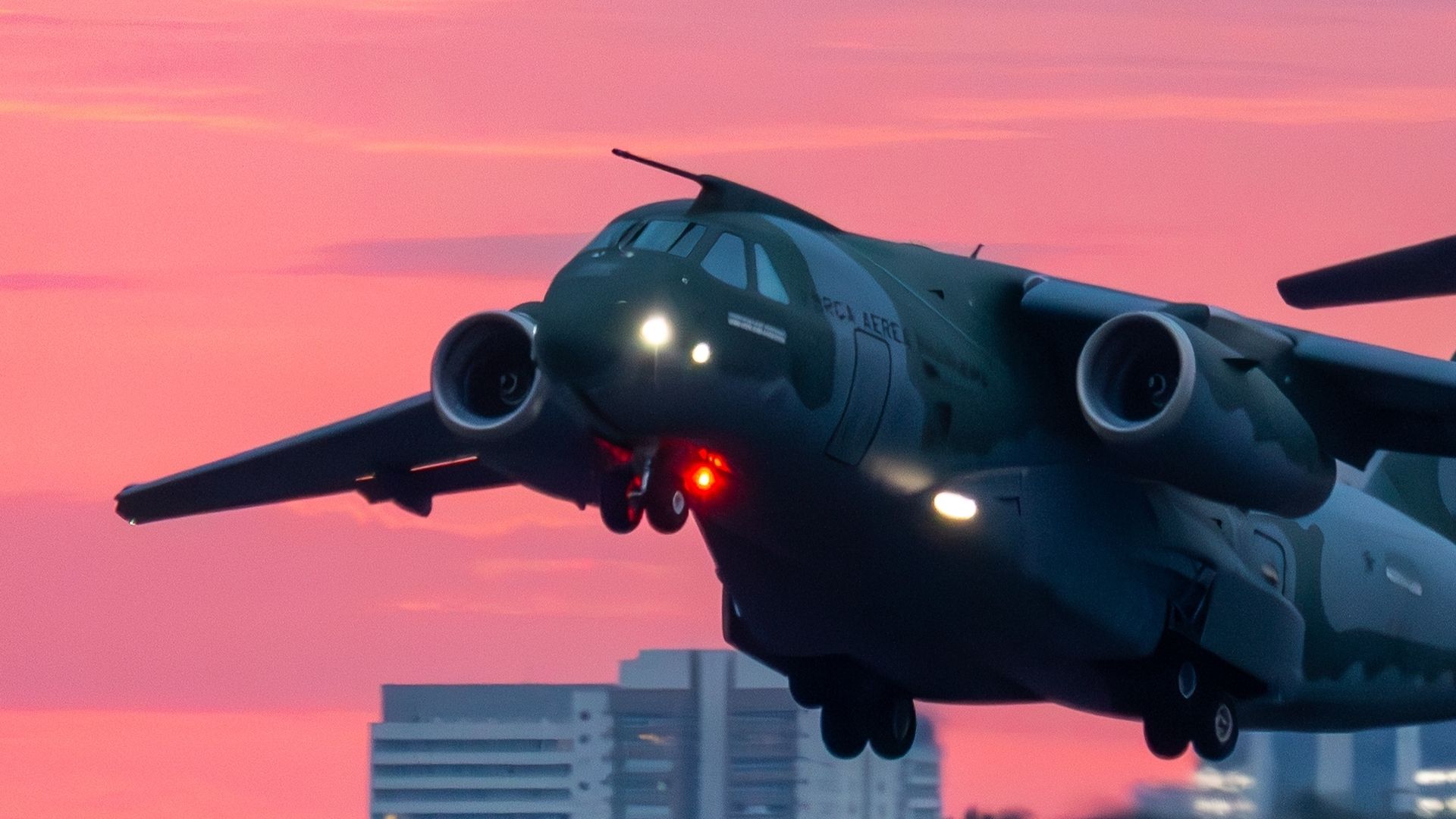Embraer has officially commenced production of the C-390 Millennium aircraft for the Swedish Air Force, following a formal sale agreement for four units, with options for an additional seven. This significant move marks Sweden’s transition to the procurement phase as it seeks to replace its aging C-130H fleet. The announcement came just weeks after Embraer secured the contract under a joint procurement initiative led by the Netherlands alongside Austria.
Production Milestones and Strategic Alliances
On October 28, 2025, Embraer began the first cut of the airframe at its facility in Gaviao Peixoto, Brazil. This production milestone not only signifies the beginning of delivery preparations but also reinforces the existing collaboration between Brazil and Sweden, particularly through the ongoing Gripen program. The deal enhances Brazil’s presence in the European defense market and positions the C-390 for broader adoption among NATO allies.
The C-390 Millennium is noted for its higher payload capacity, greater speed, and versatile operational capabilities, making it an attractive choice for Sweden. This development follows Sweden’s decision in 2024 to select the C-390 as its preferred replacement for the C-130H, alongside steps taken in April 2025 to confirm production slots.
Implications for Embraer and the Swedish Military
For Embraer, the Swedish order represents a significant addition to its portfolio, bringing a prestigious NATO customer into its fold. This collaboration not only enhances the company’s backlog quality but also aids in factory absorption as deliveries are phased in over time. The option for seven additional aircraft provides potential upside without imposing immediate strains on working capital.
The joint procurement framework led by the Netherlands aims to streamline configuration control, training, and spare parts logistics, ultimately reducing lifecycle costs and improving service margins. From a strategic standpoint, Sweden’s commitment to the C-390 strengthens its position in Northern Europe, supporting other nations evaluating replacements for outdated C-130 fleets.
Investor sentiment surrounding Embraer has also seen a positive shift, as reports indicated a noticeable increase in share prices following the contract’s formalization. The company remains optimistic about the aircraft’s sales prospects across Europe, although potential investors are advised to remain aware of execution risks that could impact delivery timelines and overall project success.
For the Swedish Air Force, the C-390 enhances operational capabilities significantly. The aircraft provides a faster, high-payload tactical transport option capable of performing aeromedical and tanker roles, thus improving response times for Nordic and expeditionary missions. Its interoperability is further bolstered through the collaborative procurement with the Netherlands and Austria, ensuring synchronized training and logistical procedures that are essential for NATO integration.
Economically, the acquisition solidifies Sweden’s investment in the Brazilian defense sector, complementing its previous purchase of Gripen fighters. Politically, the early commencement of production serves as a tangible milestone, allowing government officials to demonstrate how taxpayer funds are being allocated.
In conclusion, Embraer’s initiation of production for the C-390 Millennium represents a pivotal development for both the company and the Swedish Air Force. With its enhanced capabilities and strategic partnerships, the C-390 is poised to play a crucial role in modernizing Sweden’s airlift capabilities while reinforcing Brazil’s position in the European defense landscape.







